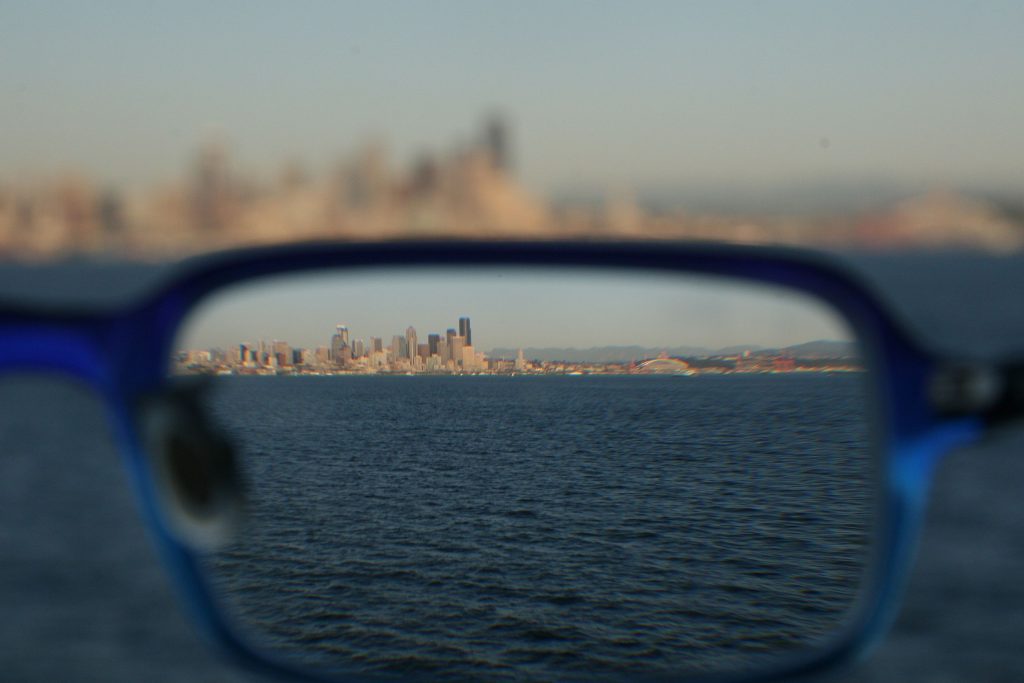Eyewear has changed substantially since its inception as a mere necessity for persons with visual impairments. Today, it is an essential part of fashion and personal style. Eyewear fashion has evolved from the traditional round frames of the 1920s to today’s avant-garde shield sunglasses, showing a wide range of design modifications over the decades. Let’s look at the fascinating journey of eyewear, from basic necessity to fashionable statement. As we enter the twenty-first century, the advancement of eyewear continues at an unparalleled rate. Today’s advances in eyewear technology are altering vision correction, protection, and improvement in ways our forefathers could only have imagined.
Beginnings of Eyewear
The first forms of eyewear stretch back to ancient Rome and Greece, where lenses were made of emerald and glass. However, it was not until the 13th century that eyeglasses were developed in their more familiar shape. These early spectacles had simple glass lenses held together by rivets and lacked arms to keep them in place. Over the decades, eyewear developed more distinct shapes.
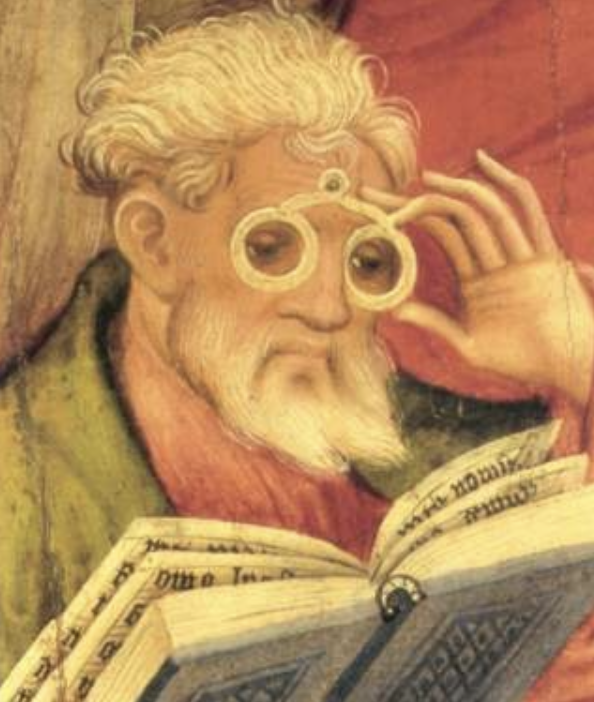
By the early sixteenth century, nose spectacles had become widely popular. They often had a bow-shaped continuous bridge, similar to current designs, and were sometimes made of flexible materials like as leather or whalebone. The bridge not only supported the nose but also provided a grip for the user. Spectacles were frequently maintained in position by hand for temporary usage while reading or under scrutiny. During this time, lenses were capable of correcting both near and farsightedness.
In the eighteenth century, glasses became widely used in Europe and the United States. Edward Scarlett, a London optician, is credited with creating the present design of spectacles held in place by arms known as ‘temples’. These were constructed of iron or steel and grasped the side of the head, but did not hook over the ears because they were frequently hidden beneath a powdered wig, as was fashionable at the period.
Pince-nez of the 19th century
The Industrial Revolution accelerated the mass manufacture of eyewear, making it more affordable and available to the general population. As a result, eyeglasses have evolved from a luxury item to an indispensable tool. Pince-nez, a 19th-century innovation, used a spring clip for placement but could be uncomfortable if too tight or prone to falling if too loose. They were often secured with cords or chains to prevent loss and were favoured by those seeking discreet eyewear or needing astigmatism correction.
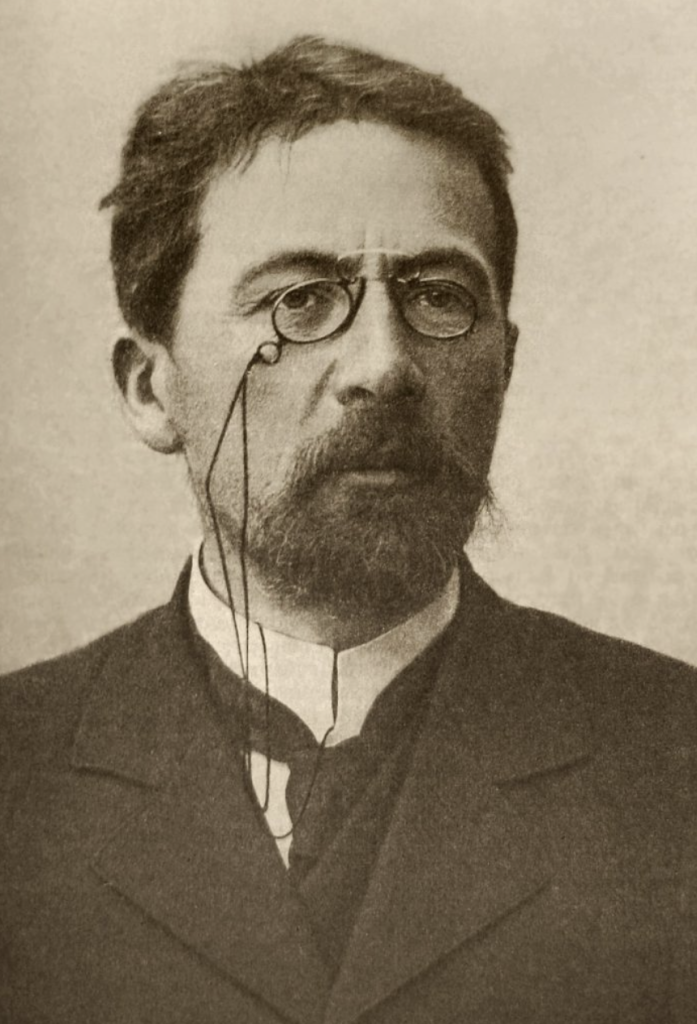
Pinch nose or ‘pince-nez’ glasses. Courtesy: goodvisionforlife.com
Entering the 20th century
In the 1920s, eyewear began to evolve from a functional need to a fashionable ornament. Round frames, popularised by performers such as John Lennon, were a long-lasting fashion statement. The arrival of plastic in the 1940s ushered in a new era of eyewear, allowing for lighter, stronger, and more diversified forms. The 1960s and 1970s saw an increase in eyewear creativity, reflecting broader cultural developments that promoted individualism and self-expression. This period also witnessed an increase in size options, catering to broader face types and making fashionable eyewear more inclusive and accessible. In the 1980s, big eyeglass frames were bold and made a statement, paving the way for the rise of designer eyewear in the 1990s. Today, designer glass frames come in a range of forms, colours, and materials.

Eyewear of the 21st century
In today’s eyewear sector, variety reigns supreme, spanning a wide range of styles, materials, and technology, with a particular emphasis on size inclusivity. The twenty-first century has seen not just a resurgence of retro aesthetics and the advent of customisable frames, but also a big step toward accepting all sizes, including plus-size glasses that are both affordable and fashionable. This commitment to inclusion guarantees that everyone may find eyewear that not only fits perfectly but also expresses their individual style choices. Brands and designers have recognised the value of providing a varied range of sizes, including plus-size alternatives, to celebrate each person’s uniqueness. This approach has resulted in improvements in frame design, adjustable features, and materials, with a focus on comfort and durability for larger frames. Plus-size spectacles are now made with the same rigorous attention to fashion and detail as normal sizes, ensuring that they are not only practical but also stylish. Renowned brands like Ray-Ban, Oakley, and Prada have enhanced eyewear with styles that range from timeless classics to avant-garde designs. Contemporary eyewear trends feature mirrored lenses, large frames, and geometric forms that appeal to modern fashion tastes. In the age of social media, eyewear has become even more popular as a fashion statement. Influencers and celebrities routinely highlight the latest eyewear trends, which range from colourful coloured lenses to sleek transparent frames. Furthermore, the industry has embraced sustainability, with businesses such as Warby Parker including eco-friendly and recyclable materials into their eyewear offerings.
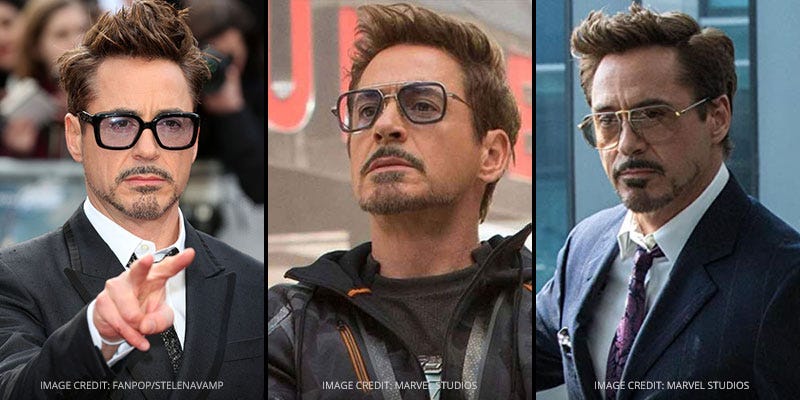
Moving Ahead…
With continual technological developments, the future of eyewear fashion is hopeful. Smart glasses, which can display digital content and capture photographs, have already hit the market. Furthermore, virtual and augmented reality glasses are growing in popularity, with big businesses such as Google and Microsoft actively developing new variations. Looking ahead, the field of design is primed for greater investigation of materials, forms, and colour schemes. Expect more experimentation with eco-friendly and sustainable materials like bamboo and recycled plastics, reflecting a growing consumer awareness of environmental responsibility.
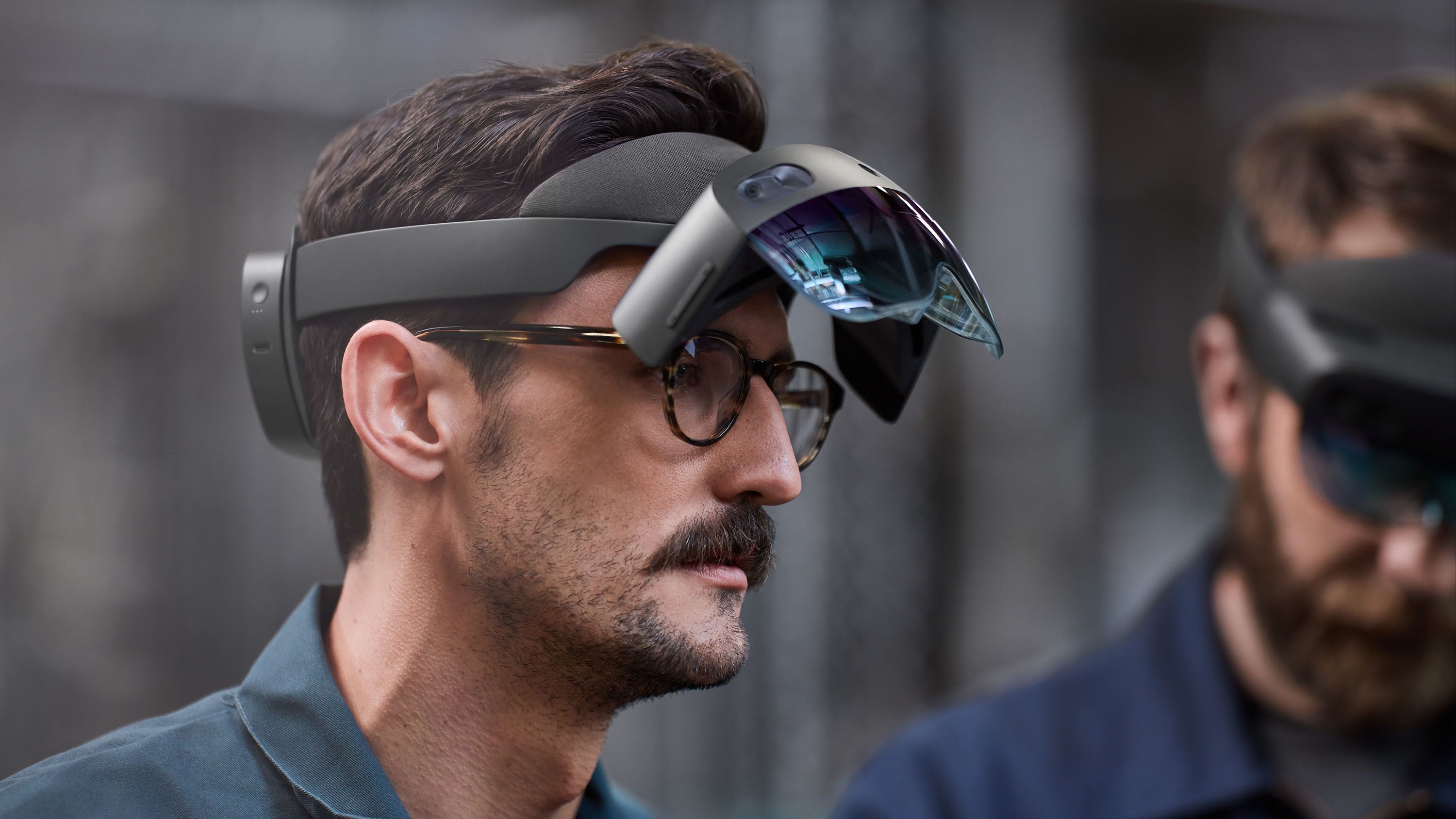
References:
- https://www.zeiss.co.in/vision-care/eye-health-and-care/understanding-vision/the-history-of-glasses.html
- https://medium.com/@glassessize/the-history-of-eyewear-how-glasses-became-a-fashion-statement-f27022c944cf
- https://www.findclarityvision.com/blog/the-evolution-of-eyewear-a-journey-through-optical-history.html#:~:text=The%2019th%20century%20brought%20about,more%20comfortable%20and%20practical%20designs.
- https://fizzymag.com/articles/the-evolution-of-eyewear-fashion-from-necessity-to-style-statement
- https://www.college-optometrists.org/the-british-optical-association-museum/the-history-of-spectacles
Feature Image: New age eyewear glasses| Courtesy: zenniptiocal.com

